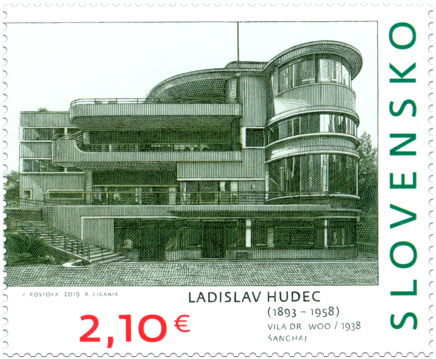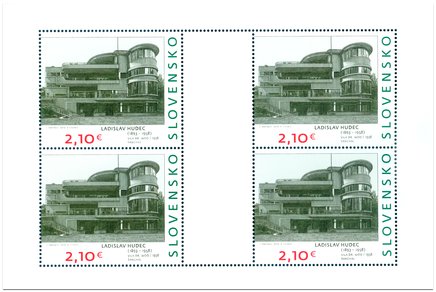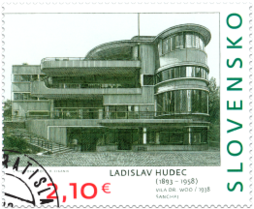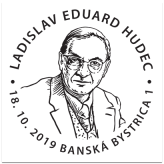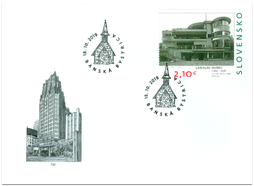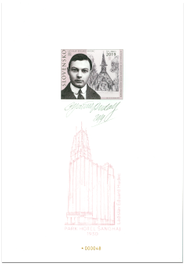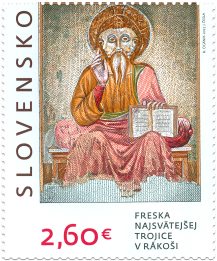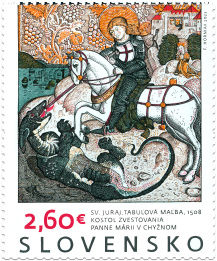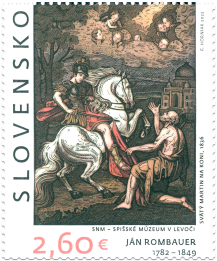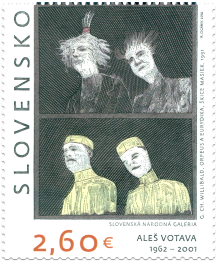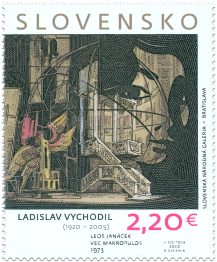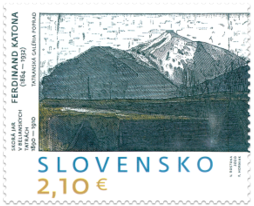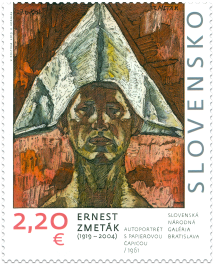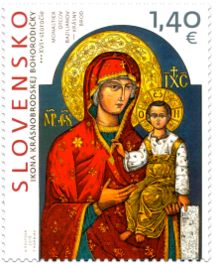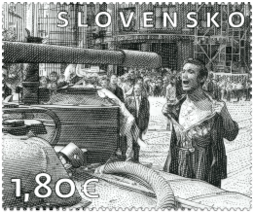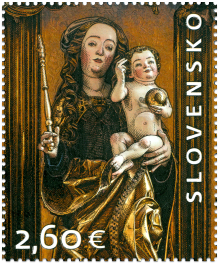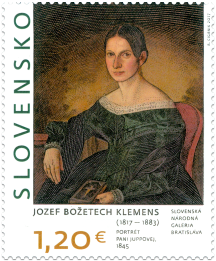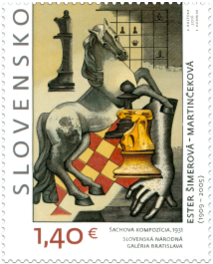698 Date of issue
18.10.2019 Face value
2.10 € Sell price
2.10 €
Architect Ladislav Eduard Hudec (January 8, 1893 – October 26, 1958) was born to the family of Juraj Hudec, a builder from Banská Bystrica. For a long time his name was unknown in his homeland. It is only in the last decade that we have learnt about his personality and activities as an architect. After a childhood spent in Banská Bystrica and studies at grammar school, in 1910 he started to study architecture at the Technical University in Budapest. He used his certificates from his building apprenticeship and university study for the first time to build the Spa Chapel of Our Lady the Queen in Vyhne (1913–1914). Shortly after the outbreak of the First World War, he joined the army and went to the front as a volunteer.
War hardships, injury, long-term imprisonment in Siberia, frail health and constitutional changes in his homeland thwarted the young architect’s efforts to return. In 1918, L. E. Hudec went to Shanghai which at time was divided by concessions. His professional skills and personal attitude allowed him to quickly find employment in the dynamically developing metropolis. After seven years of cooperation with R. A. Curry, an American architect, in 1925, L. E. Hudec became independent. He was lifted up on the pedestal of a well-respected architect through many of his projects, the most representative of which was the high-rise Park Hotel (1931–1934). Through an approach that included using the most modern technology and by respecting the aesthetic requirements of his clients, he carried out almost 400 projects in Shanghai.
Besides architecture, L. E. Hudec was also interested in theology and archaeology and, for a short period, he worked as a diplomat. A change in the social situation made him leave the city in 1947 – after 29 years spent in Shanghai. His architectural works and the stages of his life were strongly influenced by the turbulent history of the first half of the 20th century. After two years spent in Europe (Switzerland, Italy and Greece), during which he took part in modifications to the Vatican and in research into the tomb of St. Peter, in 1950 he applied for political asylum in the United States. L. E. Hudec lived peacefully with his family in Berkeley near San Francisco. He died suddenly of a heart attack in 1958.
The motif of the postage stamp is a house of the Shanghai business tycoon D. V. Woo (Wu Tongwen) so-called “Green House” (1935–1938), which is among the masterpieces designed by the architect, L. E. Hudec. This residential building is a combination of an extensive typological programme, technological innovations and functionalism, Wu Tongwen.
Rastislav Udžan
Similar products
805 Date of issue
26.10.2023
806 Date of issue
26.10.2023
777 Date of issue
21.10.2022
778 Date of issue
21.10.2022
724 Date of issue
20.10.2020
723 Date of issue
20.10.2020
699 Date of issue
18.10.2019
671 Date of issue
19.10.2018
668 Date of issue
21.08.2018
645 Date of issue
23.10.2017
644 Date of issue
23.10.2017
622 Date of issue
24.10.2016
© 2024 POFIS - Postal philatelic service. All rights reserved

